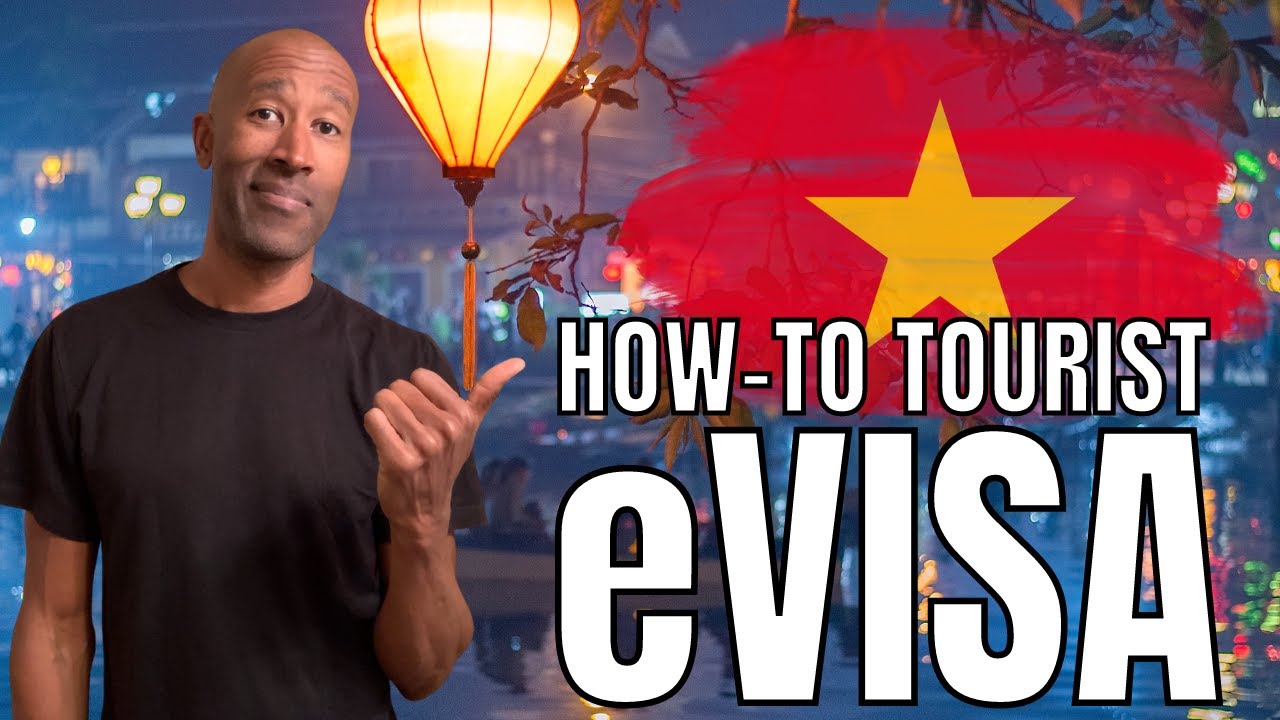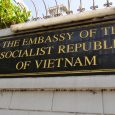Are you planning a trip to Vietnam for business or leisure? If so, you will need to obtain a visa to enter the country. In recent years, the Vietnamese government has introduced electronic visas (eVisas) as a quick and convenient way for foreign nationals to apply for a visa. In this article, we will provide you with all the information you need to know about Vietnam eVisas, including who is eligible, how to apply, and the pros and cons of using this system.

Who is Eligible for a Vietnam eVisa?
The Vietnam eVisa is available to citizens of 80 countries around the world, including the United States, Canada, Australia, and most European countries. You can check if your country is eligible on the official website of the Vietnam Immigration Department.
What is Vietnam eVisa?
Vietnam eVisa is an electronic visa that allows visitors to enter and stay in Vietnam for up to 30 days. It is a single-entry visa, meaning that once you leave Vietnam, you will need to apply for a new visa if you plan to return.
When Should I Apply for a Vietnam eVisa?
You should apply for a Vietnam eVisa at least three business days before your expected arrival date. However, it is recommended that you apply as soon as possible to avoid any delays or issues.
How to Apply for a Vietnam eVisa?
To apply for a Vietnam eVisa, follow these simple steps:
- Visit the official website of the Vietnam Immigration Department.
- Fill out the application form with your personal and travel information.
- Upload a scanned copy of your passport and a passport-sized photo.
- Pay the visa fee online using a credit or debit card.
- Wait for the confirmation email, which usually takes three business days.
Pros and Cons of Vietnam eVisa
Before applying for a Vietnam eVisa, it is important to understand the pros and cons of using this system.
Pros
- Convenience: You can apply for a Vietnam eVisa from anywhere in the world with an internet connection.
- Speed: The application process is straightforward and takes only a few minutes to complete.
- Cost-effective: The visa fee for a Vietnam eVisa is lower than that of a traditional visa.
- Environmentally friendly: The eVisa system reduces paper waste and is more environmentally friendly than traditional visas.
Cons
- Single-entry: The Vietnam eVisa is a single-entry visa, meaning that once you leave the country, you will need to apply for a new visa if you plan to return.
- Limited stay duration: The Vietnam eVisa allows you to stay in the country for up to 30 days only.
- Technical issues: In rare cases, technical issues may cause delays or problems with the application process.
- Restricted entry points: The Vietnam eVisa is only valid for entry at certain airports, land crossings, and seaports. Make sure to check the list of eligible entry points before applying.
Alternatives to Vietnam eVisa
If you do not meet the eligibility criteria for a Vietnam eVisa or prefer a multiple-entry visa option, there are other alternatives available:
- Visa on Arrival (VOA): This option requires travelers to obtain a pre-approval letter online and then pick up the visa upon arrival at one of the designated Vietnamese airports.
- Traditional Visa: You can also apply for a traditional visa at a Vietnamese embassy or consulate in your home country.
Step-by-Step Guide to Applying for Vietnam eVisa
Here is a detailed step-by-step guide to help you apply for a Vietnam eVisa:
- Visit the official website of the Vietnam Immigration Department.
- Click on “eVisa” and select the country of your nationality.
- Fill out the application form with your personal and travel information.
- Upload a scanned copy of your passport and a passport-sized photo.
- Pay the visa fee using a credit or debit card.
- Wait for the confirmation email, which usually takes three business days.
- Print out the eVisa approval letter and bring it with you to Vietnam.
Compare Vietnam eVisa with Visa on Arrival (VOA)
Both Vietnam eVisa and Visa on Arrival (VOA) are convenient options for obtaining a visa to enter Vietnam. Here is a comparison of the two:
| Criteria | Vietnam eVisa | Visa on Arrival |
|---|---|---|
| Application process | Online | Pre-approval letter required |
| Eligibility criteria | 80 countries | All countries |
| Validity period | 30 days | Up to 90 days |
| Entry points | Certain airports, land crossings, and seaports | Designated airports only |
| Multiple entries | Single-entry only | Single or multiple entries |
Tips forApplying for Vietnam eVisa
Here are a few tips to help you with your Vietnam eVisa application:
- Make sure that your passport is valid for at least six months beyond the date of your arrival in Vietnam.
- Double-check that you have entered all the information correctly on the application form, including your passport details and travel dates.
- Follow the photo requirements carefully. Your photo should be recent, clear, and taken against a plain white background.
- Keep track of the progress of your application by checking your email regularly and logging into the official website of the Vietnam Immigration Department.
- Print out the eVisa approval letter and keep a copy with you at all times during your trip to Vietnam.
The Best Way to Apply for a Vietnam eVisa
The best way to apply for a Vietnam eVisa is through the official website of the Vietnam Immigration Department. This ensures that your application is processed quickly and efficiently, and that you receive accurate and up-to-date information about the status of your visa. While there may be other websites offering eVisa services, it is important to be cautious as some may be fraudulent or charge extra fees.



